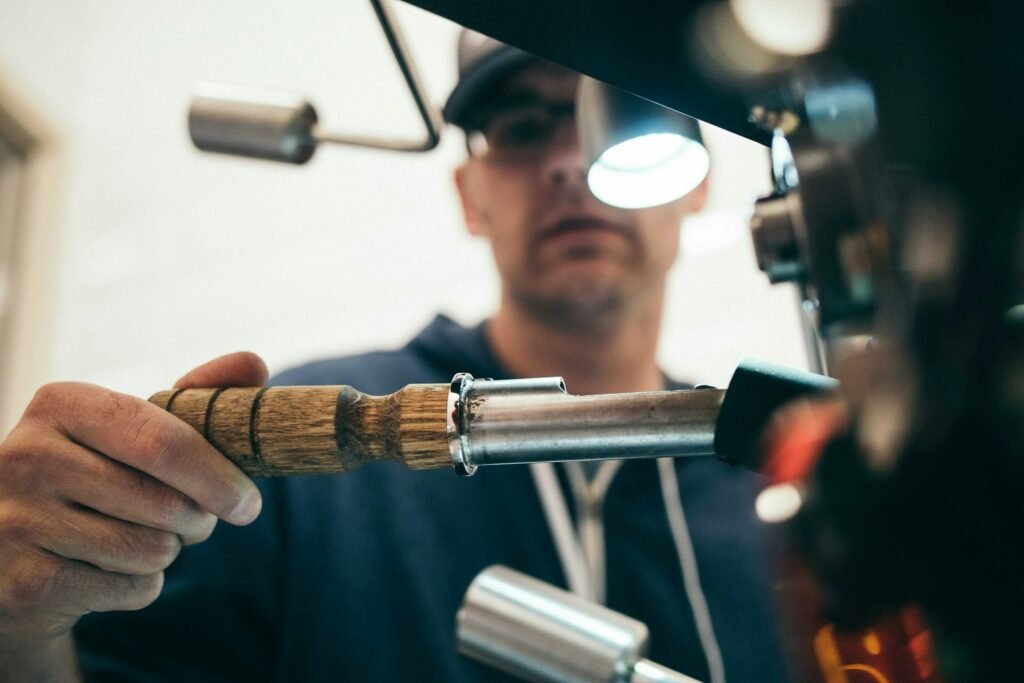Plumbing
-
How to Spot Hidden Leaks in Your Plumbing
Hidden leaks in your plumbing system can wreak havoc on your home, causing water damage, mold growth, and a significant increase in your water bill. Detecting these leaks early is crucial to prevent costly repairs and conserve water. In this guide, we’ll explore effective methods to spot hidden leaks in your plumbing before they escalate into major problems.

Unexplained Increase in Water Bill
One of the first indicators of a hidden leak is a sudden spike in your water bill without any noticeable change in your water usage habits. If you notice a significant increase in your monthly water expenses, it’s essential to investigate the cause promptly.
Persistent Musty Odors
Hidden leaks often lead to moisture buildup, which creates a damp environment conducive to mold and mildew growth. If you detect musty or moldy odors in certain areas of your home, such as bathrooms, kitchens, or basements, it could indicate the presence of hidden leaks.
Water Stains and Discoloration
Keep an eye out for water stains or discoloration on walls, ceilings, or floors, particularly in areas near plumbing fixtures or pipes. These stains may appear as yellowish-brown patches or streaks and can signal ongoing water leakage behind the surfaces.
Warped or Sagging Flooring
Excess moisture from hidden leaks can cause wooden flooring to warp or become uneven. If you notice any unusual changes in your flooring, such as buckling, warping, or soft spots, it could be a sign of water damage from concealed leaks.
Sounds of Running Water
If you hear the sound of running water when no faucets or appliances are in use, it may indicate a hidden leak within your plumbing system. Pay attention to any unusual sounds, such as hissing or dripping noises, coming from walls, floors, or ceilings.
Methods to Spot Hidden Leaks
Conduct a Meter Test
A meter test involves shutting off all water sources in your home and monitoring your water meter for any signs of activity. If the meter continues to register water usage despite no water being consumed, it suggests a leak somewhere in your plumbing system.
Check Your Water Pressure
A sudden decrease in water pressure throughout your home can be a symptom of a hidden leak. Use a pressure gauge to measure the water pressure at various faucets and fixtures. Inconsistent pressure levels or a significant drop in pressure indicate a possible leak.
Inspect Visible Pipes and Fixtures
Take the time to visually inspect exposed pipes, joints, and fixtures for signs of leakage, such as dripping water, corrosion, or mineral deposits. Pay close attention to areas under sinks, behind toilets, and around water heaters.
Use Food Coloring
To detect leaks in toilet tanks, add a few drops of food coloring to the tank and wait for several minutes without flushing. If the water in the toilet bowl changes color, it indicates a leak from the tank into the bowl, prompting further investigation or repairs.
Monitor Water Usage Patterns
Keep track of your water usage patterns and be vigilant for any irregularities, such as unexplained fluctuations or prolonged periods of water consumption during times when no water is being used.
Spotting hidden leaks in your plumbing system requires attentiveness and proactive monitoring. By recognizing the signs of hidden leaks and employing effective detection methods, you can safeguard your home from water damage and costly repairs. Remember to address any suspected leaks promptly to prevent further damage and conserve water resources for a sustainable future.